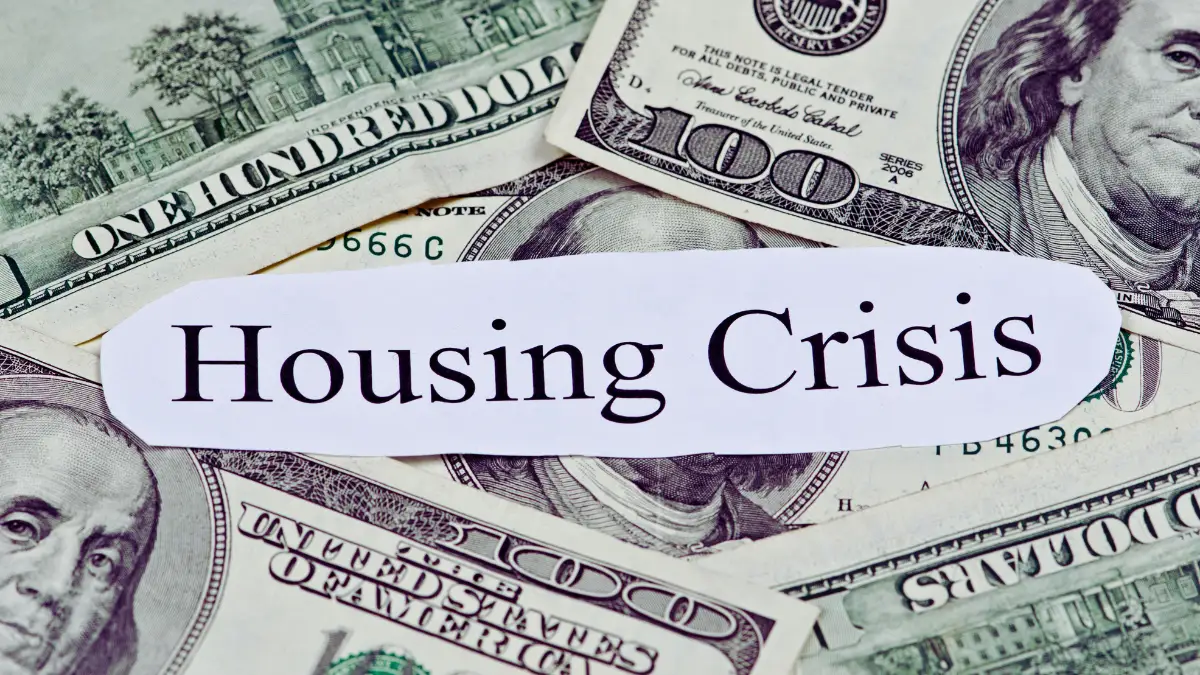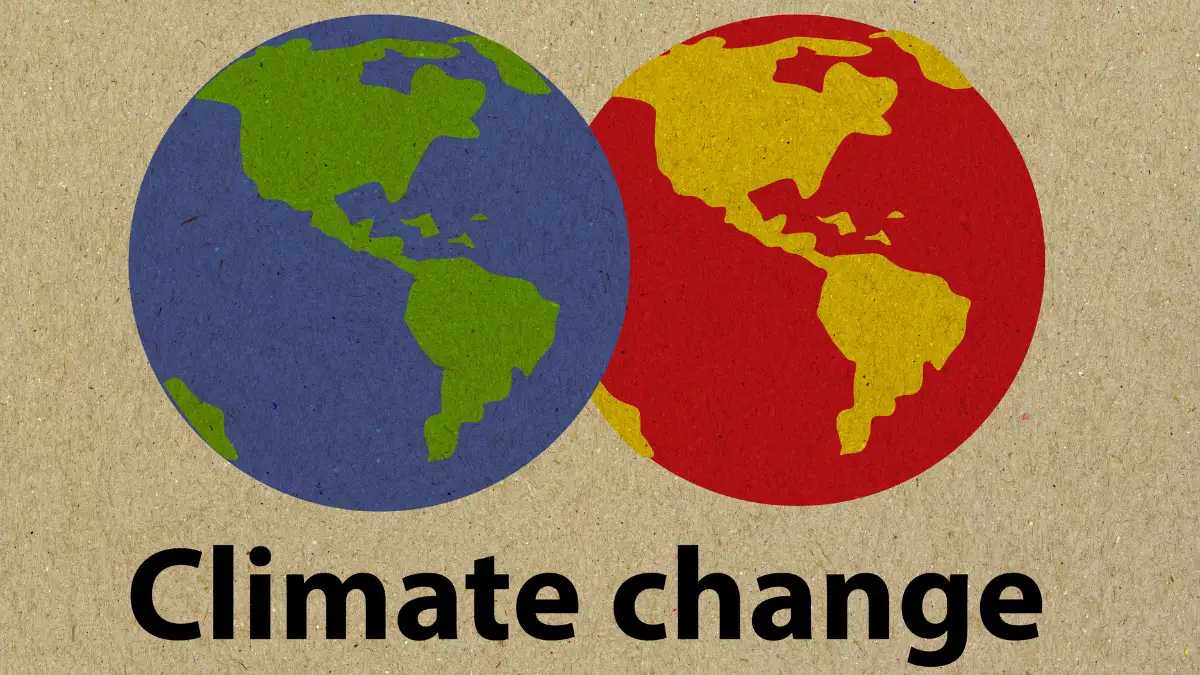The FIRE movement promised financial freedom by age 35. Save 50% of your income. Buy cheap rental properties. Retire early and live off investments forever.
But if you’re Gen Z, this advice feels like a bad joke.
You’re watching housing prices soar while your paycheck stays flat. Student loans eat half your income before you even think about saving. The gig economy means your income changes every month.
Meanwhile, FIRE influencers tell you to “just save more” from their million-dollar houses they bought in 2015.
Here’s the truth: Traditional FIRE advice was built for a different economy. An economy where houses cost 3x your salary, not 8x. Where college was expensive, not crushing. Where jobs came with pensions and steady paychecks.
That world is gone. But financial independence isn’t impossible. You just need strategies that work in 2025, not 2015.
Let’s break down why FIRE is failing your generation. Then we’ll fix it.
1. The Housing Crisis Makes FIRE’s “House Hacking” Obsolete

FIRE gurus love talking about house hacking. Buy a duplex. Live on one side. Rent out the other. Use the rental income to pay your mortgage. Boom – free housing and passive income.
Sounds great. But try finding a duplex under $400,000 in any city with jobs.
The median home price hit $420,000 in 2024. For Gen Z making $35,000-45,000 starting salaries, that means you need to save $84,000 just for a 20% down payment. At a 10% savings rate, that’s 19 years of saving before you can even start house hacking.
Even if you find a cheaper property, it’s probably in an area where rents are too low to cover your mortgage. Or it needs $50,000 in repairs you can’t afford.
The math that worked when houses cost $150,000 breaks completely at $400,000+.
Who is most likely to fall into this trap?
- College graduates moving to expensive cities for work
- People following FIRE advice from 2010-2015 blog posts
- Anyone trying to invest in real estate without significant family wealth
Gen Z-specific problems:
- Student loans prevent saving for down payments
- Remote work competition drives up prices in “cheap” cities
- Starter homes no longer exist in most markets
- Credit requirements are stricter than previous generations
2. Student Debt Kills the “Save 50%” Rule

Traditional FIRE says save 50% of your income. Spend the other 50% on everything else.
But what if 25% of your income goes to student loans before you even start?
The average college graduate in 2024 owes $37,000 in student debt. That’s $350-400 per month for ten years. Add in higher rent, food costs, and healthcare, and suddenly that 50% savings rate becomes impossible.
Even worse, FIRE advice often tells you to pay minimums on “good debt” and invest the rest. But student loans at 6-8% interest rates aren’t really “good debt” anymore. You’re gambling that the stock market will beat your guaranteed loan interest.
A study from the Federal Reserve Bank of St. Louis found that a $1,000 increase in student debt reduces homeownership probability by about 1.8 percentage points, which translates to roughly a 4-6 month delay in attaining homeownership.
Who is most likely to fall into this trap?
- Anyone who went to college without family financial support
- Graduate degree holders (lawyers, doctors, MBAs) with $100,000+ debt
- People who believed the “invest instead of paying off debt” advice
- Career changers who went back to school
Gen Z-specific problems:
- Higher education costs than any previous generation
- Federal interest rates on student loans increased dramatically
- The job market requires degrees for positions that didn’t before
- Income hasn’t grown to match education costs
3. Gig Economy Breaks Traditional Investment Timing

FIRE assumes you have a steady paycheck. Invest $500 every month like clockwork. Build the habit. Let compound interest work its magic.
But 40% of Gen Z works in the gig economy at least part-time. Your income might be $3,000 one month and $1,500 the next. You can’t set up automatic investments when you don’t know if you’ll make rent.
Traditional investing advice also assumes employer 401 (k) matching. Free money, right? Except that gig workers don’t get 401ks. No matching. No employer healthcare. No paid time off.
You’re running a small business, but FIRE advice treats you like you work at IBM in 1995.
The solution isn’t to avoid gig work. Many Gen Z workers make more freelancing than they would in traditional jobs. But you need different money strategies for irregular income.
Who is most likely to fall into this trap?
- Freelancers and contract workers
- Anyone in the creator economy (YouTubers, influencers, writers)
- Drivers for Uber, DoorDash, and similar platforms
- Seasonal workers in tourism, retail, or agriculture
Gen Z-specific problems:
- Traditional jobs often pay less than gig work
- Employer benefits have gotten worse, making gig work more attractive
- Technology makes freelancing easier, but income is more unpredictable
- Healthcare costs for self-employed workers are enormous
4. Inflation Destroyed FIRE’s Magic Numbers

The “4% rule” is the foundation of FIRE. Save 25 times your annual expenses. Then withdraw 4% per year forever. Your money lasts through any market crash.
But the 4% rule was based on historical data ending in the 1990s. It assumed 2-3% inflation forever.
We just lived through 9% inflation in 2022. Housing costs rose 20%+ in many cities. Healthcare costs keep climbing faster than overall inflation. Even with inflation “back to normal,” prices didn’t fall. They just stopped rising as fast.
A study by Morningstar in 2021 found that 3.3% is probably a safer withdrawal rate in today’s economy. That means you need to save 30 times your expenses, not 25 times.
If you need $40,000 per year to live, you now need $1.2 million instead of $1 million. That extra $200,000 represents years more work for most people.
Who is most likely to fall into this trap?
- Anyone planning to retire in expensive cities
- Early retirees who don’t account for healthcare cost increases
- People following old FIRE calculators and spreadsheets
- International retirees who underestimate currency and political risks
Gen Z-specific problems:
- You’ll live through more inflation cycles than previous generations
- Climate change will drive up costs for insurance, food, and housing
- Social Security may provide less support when you’re older
- Technological disruption makes long-term planning harder
5. Climate Change Makes Long-Term Planning Uncertain

FIRE assumes you can predict your expenses 30 years from now. But climate change makes that almost impossible.
Insurance costs are exploding in Florida, California, and other climate-risk areas. The “cheap” retirement towns FIRE bloggers recommended are now uninsurable or underwater.
Food costs spike during extreme weather. Energy costs swing wildly as grids struggle with heat waves and storms. Even if you don’t live in a high-risk area, you’ll pay higher prices for goods from places that do.
Traditional FIRE also assumes you can move anywhere for lower costs. But remote work changed that game. “Cheap” cities like Austin and Boise saw 40%+ housing cost increases as remote workers moved in.
Climate migration will only make this worse. As coastal and desert areas become unlivable, millions of people will move to the same “safe” places you’re eyeing for retirement.
Who is most likely to fall into this trap?
- Anyone planning to retire in Florida, Arizona, or coastal areas
- People buying rental properties in climate-risk zones
- Early retirees who don’t factor in insurance cost increases
- International retirees in politically unstable regions
Gen Z-specific problems:
- You’ll experience the worst effects of climate change during your lifetime
- Traditional “safe” retirement locations may not exist in 40 years
- Your career will likely be disrupted by climate-related economic changes
- Insurance and disaster recovery costs will be much higher than today
6. Social Media Spending Pressure vs. Extreme Frugality

FIRE culture glorifies extreme frugality. Eat rice and beans. Never buy coffee out. Drive a 20-year-old car. Cancel all subscriptions.
But you’re living in the social media age. Your friends post vacation photos on Instagram. Everyone seems to be eating at new restaurants and attending concerts. The pressure to spend is everywhere.
Extreme frugality worked better when you couldn’t see what everyone else was doing all day. Now you’re constantly comparing your rice-and-beans lifestyle to curated highlight reels.
This creates two problems. Either you break your budget trying to keep up, or you become socially isolated. Both hurt your long-term financial goals.
Mental health matters too. Extreme frugality can lead to anxiety, depression, and damaged relationships. The money you save isn’t worth it if you’re miserable for decades.
Who is most likely to fall into this trap?
- People who follow extreme FIRE influencers religiously
- Anyone trying to save 70%+ of their income
- Social media heavy users who see constant spending content
- People with FOMO (fear of missing out) personalities
Gen Z-specific problems:
- Social media makes spending pressure constant, not just occasional
- Friend groups often plan expensive activities as default social events
- Dating apps and culture expect higher spending on experiences
- Mental health awareness makes extreme frugality feel more harmful
7. Traditional FIRE Ignores Mental Health and Work-Life Balance

Classic FIRE advice: work 80-hour weeks for 10-15 years. Take any job that pays more. Sacrifice everything for the goal of early retirement.
But Gen Z watched millennials burn out following this exact plan. You’ve seen the mental health crisis that comes from optimizing everything for money.
You want work-life balance now, not just after you retire. You want a career you enjoy, not just one that pays well. You want time for relationships, hobbies, and personal growth while you’re young.
The “suffer now, enjoy later” mentality doesn’t work for a generation that’s seen how quickly everything can change. You lived through a pandemic, multiple recessions, and massive social upheaval. Tomorrow isn’t guaranteed.
Plus, many high-paying jobs that fund traditional FIRE come with golden handcuffs. The lifestyle inflation and identity tied to work make it harder to retire early, even when you hit your numbers.
Who is most likely to fall into this trap?
- High earners in finance, tech, law, and medicine
- Anyone who ties their self-worth to their net worth
- People who sacrifice relationships for money
- Workaholics who think more hours always equals more success
Gen Z-specific problems:
- You prioritize mental health more than previous generations
- You’ve seen the negative effects of “grind culture” up close
- You value flexibility and purpose over just high salaries
- You’re more likely to change careers multiple times
What to Do Instead: Modern Financial Independence for Gen Z
Traditional FIRE doesn’t work for your generation. But financial freedom is still possible. You just need strategies built for 2025, not 2005.
The key is flexibility over rigid rules. Build wealth that adapts to changing circumstances instead of betting everything on one plan.
1. Coast FIRE: The Realistic Alternative

Coast FIRE means saving enough money early that compound growth handles the rest. Instead of saving until you can retire immediately, you save until your investments will grow into full retirement by age 65.
For example, if you save $100,000 by age 30, it will grow to about $1.6 million by age 65 (assuming 7% returns). That’s enough for a comfortable traditional retirement without saving another penny.
This gives you freedom to take lower-paying jobs you enjoy, start a business, or take career breaks without worrying about retirement. You’re financially secure but not trapped by extreme frugality.
Coast FIRE works better for Gen Z because it requires less money upfront and gives you flexibility for life changes. You don’t need to predict the economy 40 years from now or maintain extreme savings rates forever.
Suitable for:
- People who want career flexibility
- Anyone with an irregular income
- Workers in creative or passion-driven fields
- People who value work-life balance over early retirement
Difficulty Level: 6/10
2. Skill Stacking for Income Growth

Instead of extreme frugality, focus on earning more money. But not through 80-hour work weeks. Through strategic skill development.
Skill stacking means combining 2-3 complementary skills to become uniquely valuable.
For example, basic coding + marketing + graphic design makes you a valuable digital marketer. Writing + data analysis + industry knowledge make you a valuable content strategist.
This approach works better than traditional career ladders because it’s more recession-proof. If one industry crashes, your skills transfer to others. You’re not dependent on one employer or career path.
Focus on skills that complement AI rather than compete with it. Emotional intelligence, creative problem-solving, and strategic thinking will become more valuable as automation handles routine tasks.
Suitable for:
- Recent graduates starting their careers
- Career changers looking for faster income growth
- Freelancers and gig workers
- Anyone in industries threatened by automation
Difficulty Level: 7/10
3. Community Wealth Building

Traditional FIRE is intensely individual. Save your money. Build your wealth. Retire on your own.
But Gen Z values community and collaboration. You can build wealth faster by working with others instead of competing against them.
This might mean house hacking with friends instead of alone. Buying rental properties as a group. Starting businesses together. Sharing resources like cars, tools, and even living spaces.
Community wealth building also includes choosing where you live strategically. Move to areas with strong job markets, reasonable housing costs, and people who share your values. Network effects matter more than individual optimization.
Suitable for:
- People with strong social networks
- Those comfortable with shared ownership
- Community-minded individuals
- People are willing to relocate for opportunities
Difficulty Level: 5/10
4. Flexible Location Independence

Geographic arbitrage still works, but differently from what traditional FIRE assumes. Instead of retiring to a cheap country, build a career that lets you live anywhere.
Remote work, freelancing, and digital businesses give you location flexibility. You can live in lower-cost areas while earning higher wages from expensive cities. Or move between locations as costs and opportunities change.
The key is building income sources that aren’t tied to one location. This protects you from local economic crashes, housing bubbles, or climate-related disruptions.
Start with remote work in your current career. Then build freelance or business income on the side. Eventually, you’ll have enough location-independent income to live anywhere.
Suitable for:
- Remote workers and freelancers
- Digital nomads and location-independent workers
- People in oversaturated local job markets
- Anyone wanting to escape high-cost-of-living areas
Difficulty Level: 8/10

